Importance of Intellectual Property Rights In An AI-Driven World
In this rapidly evolving digital landscape, the importance of AI cannot be overstated enough. AI is pivotal in revolutionizing the digital landscape, making things easier for present and future generations.
However, excess of something is not desirable. The use of AI should be maintained with a certain equilibrium that would foster innovation, balance technological progress, and maintain ethical consideration.
Intellectual Property Rights stands as the cornerstone of innovation that will build the future of our constantly evolving digital landscape. The legal system is bound to integrate the contribution of AI in the world of IPR. Due to the pervasive nature of these technologies, AI and IPR will one day be inseparable components in our lives.
Even though it might seem an exciting journey at first, it will also come up with several issues that might hamper the integrity of the legal system. Let’s demystify the nitty-gritty of IPR and understand whether it is a curse or a boon to our community.
What is IP (Intellectual Property Rights)?
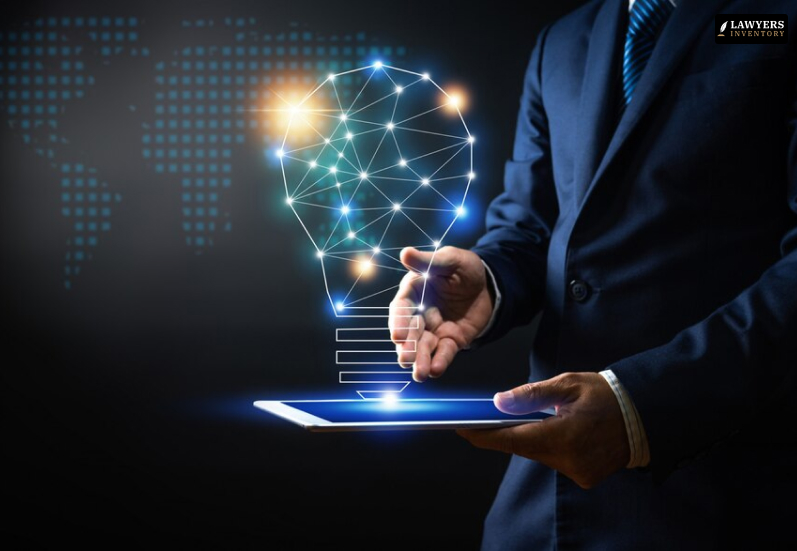
IP or Intellectual Property is a fundamental element that safeguards our uniquely human qualities like intellect, creativity, and inventiveness. Hence, the law understands the crux of these qualities and grants property rights to protect and control our creations to reap commercial benefits in return.
Intellectual Property is a unique value that enhances human ingenuity and creativity. It helps us to control and modify our creations. It’s like owning a house. You are the decision maker who comes on the Property, whom you rent it to, and what color it should be.
Hence, imposing intellectual property rights primarily helps us safeguard our profits from outsiders. This, thereby, becomes a flagbearer of innovation that furthers society’s overall growth and development.
Intellectual Property comprises tangible assets like inventions, brands, patents, trademarks, and other artistic works. The ones directly related to AI are patents, trademarks, and copyrights. The IPR laws revolve primarily around these assets to bolster the growth and development of society.
Categories of Intellectual Property Rights

IPR primarily deals with patents, trademarks, and copyrights. They might seem like one another, but they have a huge underlying difference. They are:
Patents
Patents are primarily concerned with inventions that provide only transient protection. Patents own a competitive advantage and protect R&D investments altogether. Patents, however, might need help in the present day with AI. It thus results in difficulties in patent offices and courts, which need help delineating patentable components.
Trademarks
Trademarks are distinguishable assets of Intellectual Property that identify the overall source of goods and services. They help consumers recognize a brand and differentiate products and services through different entities. A prominent example of trademarks are logos, brand names, smells, or even music.
Copyrights
Copyrights play an important role in safeguarding IPR now that AI has overtaken the world. Copyrights are legal protections that grant ownership to the original works of authorship in music, art, literature, and other dramatic works. Copyright protections give the right to distribute, perform, and display their derivative works through their original creations.
Evolution and History of Intellectual Property Rights

IPR has evolved in the US for centuries and is shaping the modern legal landscape. Even though the roots of IPR can be directly traced back to English Common Law, it has been modified according to the contemporary framework. Let’s see how.
Early Foundations (17th-18th century AD)
The concept of IPR took shape in colonial America, influenced majorly by English common law traditions. The old statutes of the Massachusetts Bay Colony Copyright Act of 1672 provided very limited protections to their authors and inventors. Its early foundations primarily focused on robust economic growth rather than recognizing inherent rights.
Constitutional Framework (18th Century)
As the US Constitution was ratified in 1786, it empowered Congress to enact laws promoting progression in science and arts. The Congress upheld that the progression can only be possible by giving the creators a window of recognition. The seminal provision of Copyright Clause Article I Section 8 and Clause 8 laid the foundation for the future development of copyright and other patent laws.
Early Legislation (19th Century)
The 19th Century was a big year for Congress as they passed several landmark statutes to codify and expand the horizon of IPR. The first federal copy of the Copyright Act of 1790 was established, providing authors with intellectual property protection for at least 14 years and hence renewable for another 14 years.
The Patent Act of 1790 created the first patent system under American law, granting inventors exclusive rights for 14 years.
Expansion and Modernization (20th Century)
In the 20th Century, IPR underwent massive changes to adapt to technological advancements and international treaties. The Copyright Act of 1909 made major revisions in copyright laws and established a formal registration requirement. Subsequently, the amendments of the Digital Millenium Copyright Act of 1976 and the DMCA Act of 1998 updated the copyright laws to address issues like digital piracy and online infringements.
Other than these, there has been a landmark revolution in patent law with the landmark case of Diamond v. Chakraborty in 1980. This judgment helped expand the scope of patentable matters to include genetically engineered organisms in the patent examination and registration process.
Furthermore, the American law of IPR played a major role in the Berne Convention for the Protection of Literary and Artistic Works and Agreements on TRIPS. The evolution of IPR strikes a remarkable balance between incentivizing and promoting innovation and creativity to promote public interests. With several judicial interpretations and international cooperation, the field of IPR is enriched and has massively helped uplift the American judicial system.
Importance of Intellectual Property Rights: Its Connection to AI
IPR plays a major role in AI development and deployment. To put it into simple words, both are interdependent. Here are some important aspects of IPR one should keep in mind that will sustain greatly in this current AI ecosystem:
Incentivizing Innovation
In patents and copyrights, IPR incentivizes companies and researchers to invest in AI R&D. By granting exclusive rights to invention and creativity, IPR enables innovators to recoup their investments through their intellectual capabilities. Through this technique, IPR incentivizes the advancement of AI technologies, nurturing progress and fueling economic growth.
Prevention of Monopolistic Practices
IPR is a critical mechanism for maintaining a level playing field in AI. Innovators can seamlessly protect their intellectual property from exploitation by acquiring patents, copyrights, and trademarks. It also fosters healthy competition in the market. Additionally, it creates an environment where multiple players can contribute to the AI ecosystem, bolstering diversity, innovation, and democratization of technology.
Ethical Governance
IPR is the pillar of ethical governance, keeping AI under close checks and balances. IPR acts as a tool to promote ethical AI practices by incentivizing the development of transparent, accountable, and honest AI solutions, establishing clear guidelines in responsible development, and striking a balance between protecting the rights of individuals and society.
Attracting Investments
Robust IPR protection can instill confidence among investors through proper assurance of non-infringement. This paves the way for capital investments in AI startups and research initiatives, furthering technological growth.
Challenges and Multidimensional Issues in AI and Intellectual Property Rights
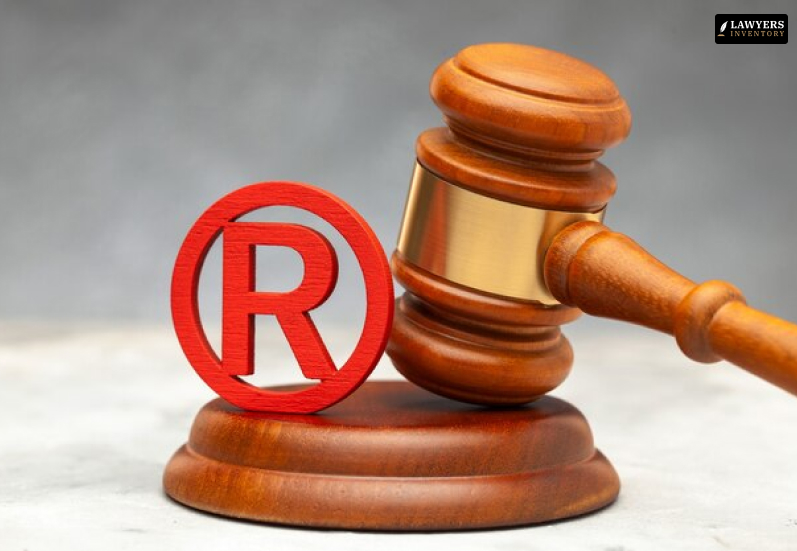
The AI integration has significantly impacted the paradigm shift of IPR laws. The laws now must adhere to and align with the implications of AI.
The United States Patent and Trademark Office (USPTO) has issued notices seeking public opinion from stakeholders about the impact of AI in IPR. They have finally concluded that the uncertainty around AI-related innovations is driving the biggest challenge. Henceforth, they promulgated guidance that would summarize and address all the comments to offer preliminary thoughts about the impact of AI. Let’s see what they are.
Ownership Issues
This is one of the major issues faced in IPR and generative AI. The issue primarily lies in who owns the outcome: the writer or the tool? In most nations, however, the writer is the sole owner of their piece under copyright regulations. But that is not the case with American laws. Since AI algorithms generate the information independently, the notion of authorship differs and calls for doubt. Hence, the United States Copyright Office has declared that AI-generated Intellectual Property does not qualify for or need copyright protection.
Rights of Attribution
Attribution plays a major role in challenging AI-driven work in IPR. Since AI generates materials based on the prompts given by the individual, the producers must be recognized here accurately. Appropriate attribution nurtures authenticity and accountability throughout the creator’s creative process. Hence, AI-generated materials must be licensed and optimized to examine their authenticity. For AI considerations, licensing structures would require several modifications.
Infringement & Plagiarism
Infringement and plagiarism are major problems one might face while working with AI. Since AIs replicate the content styles into new variants, it becomes challenging to segregate between original work and AI-generated duplicates. This can be mitigated by developing appropriate solutions like watermarking, utilizing digital signatures, and implementing blockchain systems.
Is AI a Threat or Boon For Intellectual Property Rights?
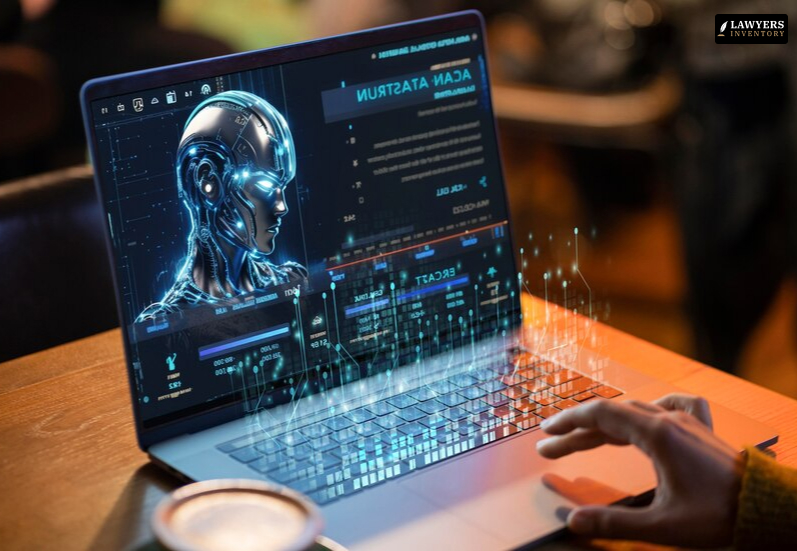
AI has become a ubiquitous component across the industries. Be it chatbots or creating intellectual content, AI has now changed the way we work. However, AI has posed a considerable threat when it comes to IPR. It not only infringes the creators’ rights but also plays a crucial role in challenging the authentication of any content. Is it confusing enough? Asses it yourself, then!
Threats
Enforcement Challenges: The decentralized nature of AI-generated content and the creators’ anonymity make it difficult to enforce IPR rules. Identifying and holding those responsible for AI-generated infringement can take time, resulting in gaps in enforcement and reducing the effectiveness of IPR protection measures.
Legal Ambiguity: The rise of AI-generated content creates legal concerns about ownership and authorship rights. Determining the lawful owner of AI-generated works or innovations becomes a complicated legal matter, as traditional frameworks may fail to handle the specific challenges AI technologies offer.
Boons
Enhanced Protection Mechanisms: AI-powered tools and technology can improve IPR protection measures by allowing for speedier detection and enforcement of infringements. Machine learning algorithms can analyze large volumes of data to detect potential infringement, allowing IPR holders to take proactive steps to protect their intellectual Property.
Streamlining Automation: AI-driven automation facilitates the filing, managing, and enforcing of intellectual property rights. From patent searches to trademark monitoring, AI technologies may drastically cut the time and resources required to negotiate the complicated intellectual property rights environment, allowing businesses and innovators to protect their ideas more effectively.
FAQs
Ans: The issues lie in plagiarism and infringement that challenge lawmakers to reverse the laws accordingly.
Ans: AI affects copyrights by challenging the authenticity of the creative nature of the author. It poses a dilemma whether the content is authentic or AI-generated.
Ans: Artificial intelligence is patentable under the Patents Act and is considered a true software invention.
Wrapping Up
As artificial intelligence continues to disrupt industries and drive innovation at an unprecedented rate, protecting intellectual Property is critical to creating a flourishing ecosystem of creativity, competition, and investment.
IPR is the foundation of innovation, providing creators with the incentives and protections required to push the boundaries of AI technology. From proprietary algorithms to unique applications, strong IPR regimes encourage investment in AI research and development by ensuring that innovators receive the benefits of their efforts.
Read Also:
- A Key Tool For Preventing Disputes
- A Beginner’s Guide To Business Litigation
- 7 Lawsuit Settlement Tips For The Business Owners









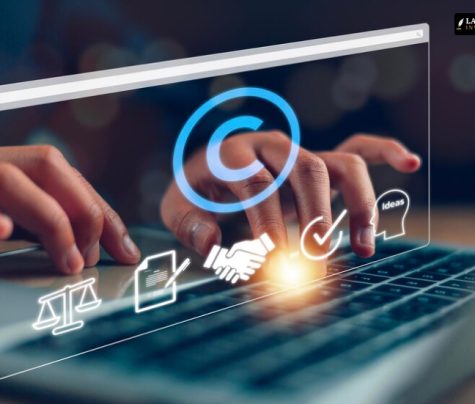
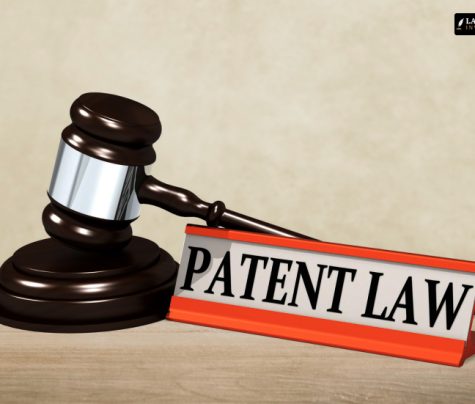
4 Reply
The Process On How To Register Your Intellectual Property in the US?
April 27, 2024 at 5:17 am
[…] this might be the case, knowing that intellectual property (IP) needs to be secure is indispensable. IP is the thing that allows your business to be […]
ReplyAll You Need To Know About Patent Rights In The US - LawyersInventory
April 17, 2024 at 1:24 pm
[…] as patent rights, granted to the creator of the discovery. Patent rights are a critical part of intellectual property law and create sovereign authority for the owner. In this article, we will discuss what patent rights […]
ReplyWhat Is Meant By Copyright Infringement In The US?
April 6, 2024 at 7:45 am
[…] just like every other intellectual property right comes under intellectual property law in the US. As a creator of creative works you may opt to copyright your work on the date of […]
ReplyPartnership Dispute Lawyer |Role in Business Litigation
March 30, 2024 at 6:44 am
[…] require the expertise of intellectual property lawyers as they help in protecting and enforcing intellectual property rights over […]
Reply